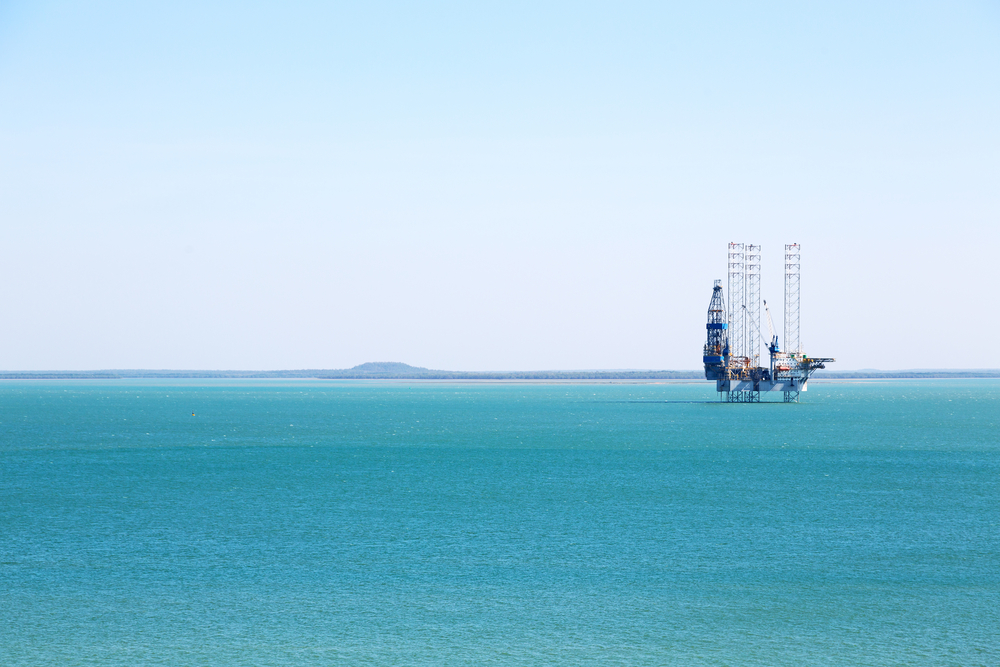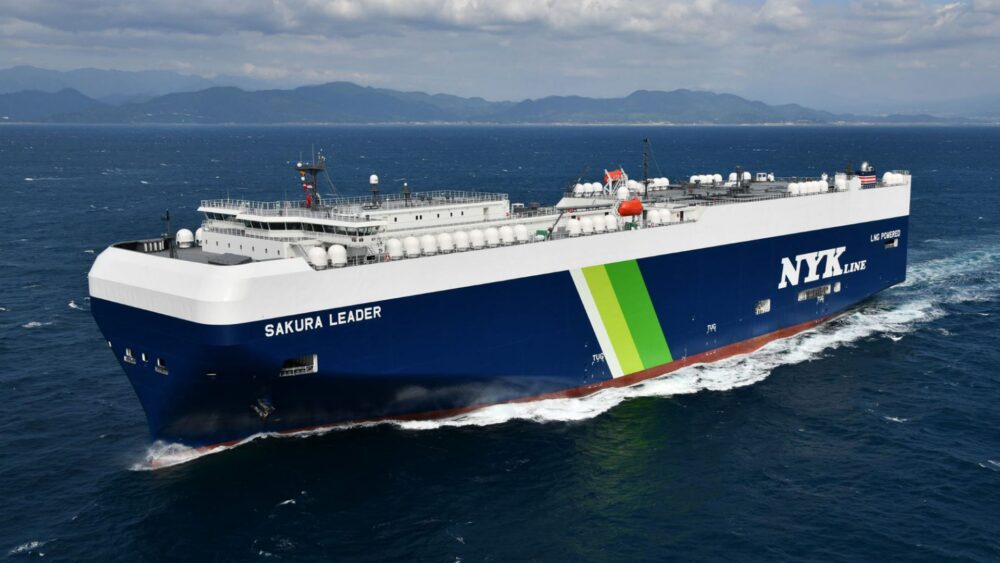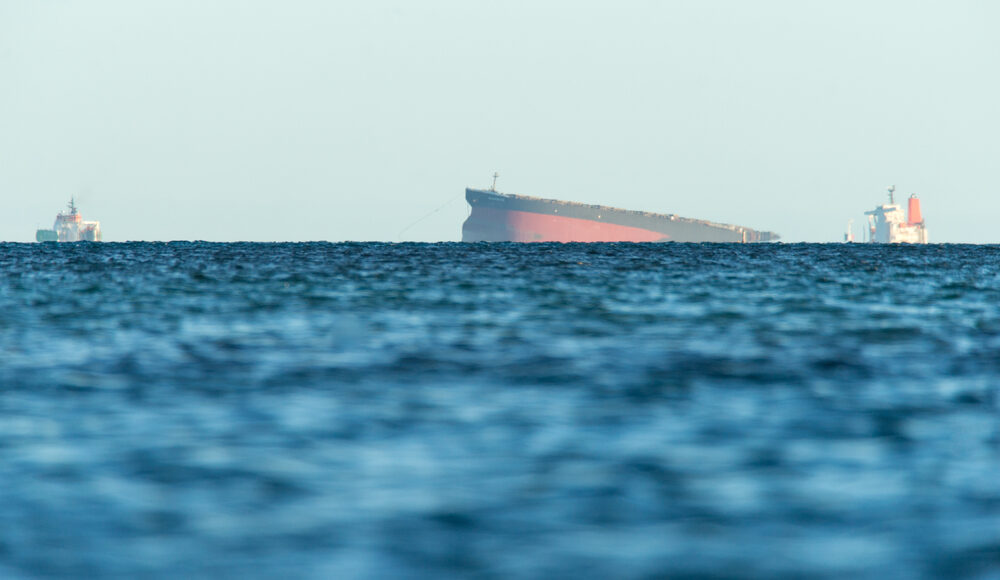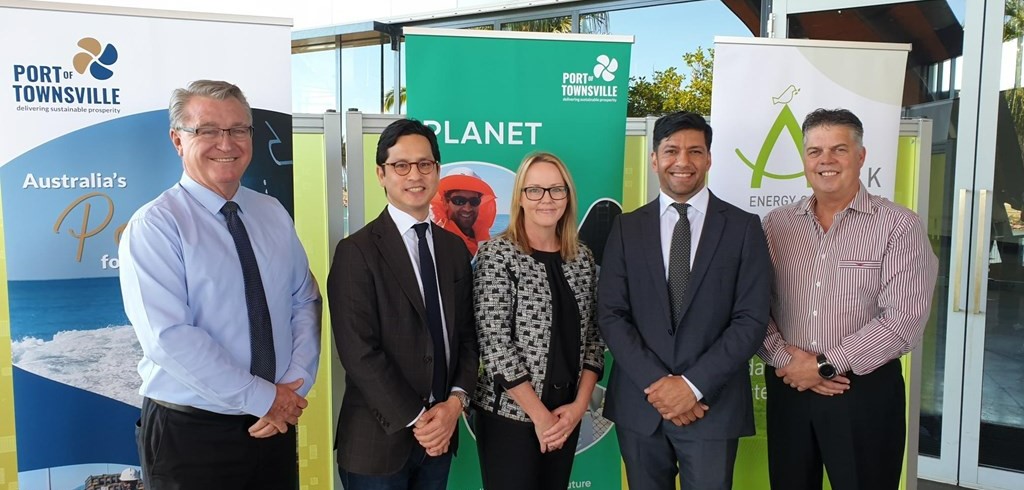
A new report from the Australian Institute of Marine Science (AIMS) has highlighted significant growth in the economic output of Australia’s marine industry, widely referred to as the ‘blue economy’, and in particular its offshore gas industry.
The AIMS Index of Marine Industry 2023 shows the marine industry’s significant contribution to the Australian economy. The latest edition uses data from the 2018-19, 2019-20 and 2020-21 financial years, and shows the effect of the COVID-19 pandemic restrictions on some sectors.
The Index reveals that Australia’s marine industry had a total output of $118.5 billion and supported 462,000 full time equivalent jobs (direct and indirect employment).
WA emerged as a blue economy powerhouse in the 2023 Index thanks to its offshore resources-driven economy. Output from the marine industry in WA makes up almost half (46%) of the total national marine industry output in 2020-21, at $54.7 billion. Its offshore natural gas production comprised 68 per cent of the state’s marine economic output.
Nationally, this sub sector experienced significant growth despite COVID-19 with output increasing 11 per cent per year on average from $31.9 billion in 2017-18 to $43.7 billion in 2020-21.
AIMS CEO, Dr Paul Hardisty said the Index tracked the emergence of a two-speed marine economy in 2020-21, with marine tourism, commercial fishing and water transport among the sub sectors experiencing an overall decline in economic output due in part to measures introduced to address the spread of COVID-19.
“The pandemic resulted in a range of economic anomalies for the sector, with losses largely offset by increases in output from the offshore gas industry,” he said. “Despite setbacks, the Index shows the marine industry’s significant contribution to Australia’s economic wealth.
The 2023 Index includes a new section that discusses the future megatrends that could influence Australia’s blue economy.
Adapting to climate change and technology improvements could change the composition of the marine industry, with the inclusion of new sub sectors like offshore renewable energy, sustainable aquacultural practices and biproducts that reduce ocean pollution in the future. Australia is already starting down this pathway, with its first offshore wind development zone announced in late 2022.
“These new sub sectors will offer opportunities to Australia as we learn how best to harness the country’s ample renewable energy resources,” added Dr Hardisty. “There is potential for new ocean industries to create wealth and prosperity for the nation.
“But the consequences of climate change are causing a declining trend for the marine environment due to ocean warming and sea level rise and could introduce more risk for the marine industry. Scientific research, under this volatile future, can guide efforts to grow new blue carbon sub sectors and steer existing ones to be more viable.”
Other key findings for the oil and gas industry include:
- In the year to 2018-19, the economic output of natural gas and oil increased by 51% and 40%, from $31.7 billion to $48.0 billion and $5.6 billion to $7.8 billion, respectively (in real terms). LPG production also grew significantly, by 20% from $771 million to $1.1 billion.
- In the two years following to 2020-21, output of natural gas declined by 5% per year (to $43.7 billion) and oil production by around 1% per year (to $7.7 billion). LPG production continued to increase by 12% on average per year over the same period, to $1.4 billion.
- A key driver of output growth from 2017-18 to 2018-19 was the increase in offshore natural gas production volumes as two significant offshore gas projects in WA – Ichthys and Prelude LNG – shipped their first cargoes.
- While the COVID-19 pandemic had a limited impact on offshore oil and gas production, it had a more significant impact on oil and gas exploration. In the three years to 2020-21, oil and gas exploration declined by 19% annually on average from $713 million in 2017-18 to $376 million in 2020-21.
- Uncertain conditions during the COVID-19 pandemic delayed firms’ investment decisions. Declines in oil and gas prices also contributed to delayed investment decisions.
- Global energy demand declines and rising concerns over environmental issues were also contributing factors.
The report can be read in full here: AIMS Index of Marine Industry | AIMS.







